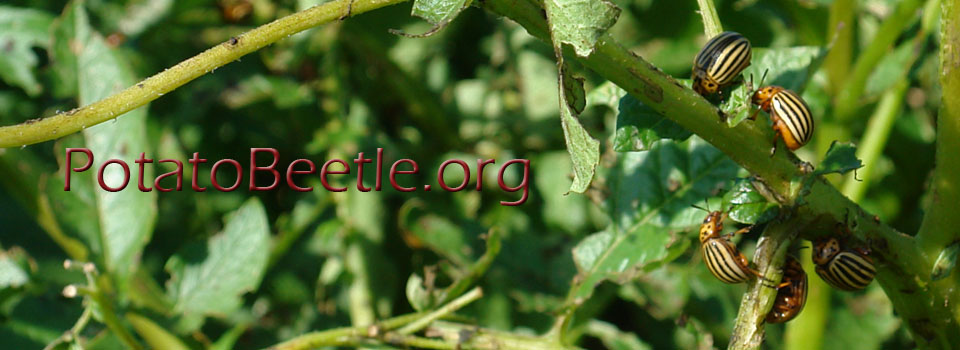Meng Q, Q Xu, P Deng, K. Fu, W Guo, G Li Insect Biochem Mol Biol. 2018;97:1-9. doi: 10.1016/j.ibmb.2018.04.003.
In the tobacco hornworm Manduca sexta, juvenile hormone (JH) is critical for the control of species-specific size. However, whether the basic helix-loop-helix/Per-Arnt-Sim domain receptor methoprene-tolerant (Met) is involved remains unconfirmed. In the present paper, we found that RNA interference (RNAi)-aided knockdown of Met gene (LdMet) lowered the larval and pupal fresh weights and shortened the larval development period in the Colorado potato beetle Leptinotarsa decemlineata. Dietary introduction of JH into the LdMet RNAi larvae rescued neither the decreased weights nor the reduced development phase, even though JH ingestion by control larvae extended developmental time and caused large pupae. Moreover, the transcript levels of five genes involved in prothoracicotropic hormone and cap 'n' collar isoform C/Kelch-like ECH associated protein 1 pathways were upregulated in the LdMet silenced larvae. Ecdysteroidogenesis was thereby activated; 20-hydroxyecdysone (20E) titer was increased; and 20E signaling pathway was elicited in the LdMet RNAi larvae. Therefore, JH, acting through its receptor Met, inhibits PTTH production and release before the attainment of critical weight. Once the critical weight is reached, JH production and release are averted; and the hemolymph JH is removed. The elimination of JH allows the brain to release PTTH. PTTH subsequently stimulates ecdysteroid biosynthesis and release to start larval-pupal transition in L. decemlineata.
